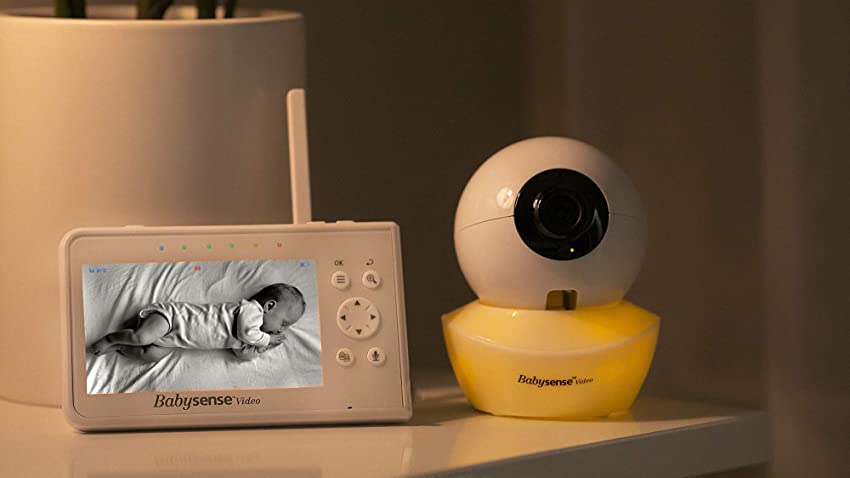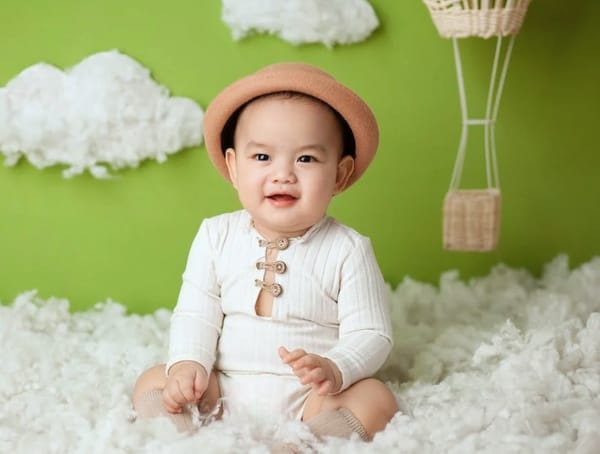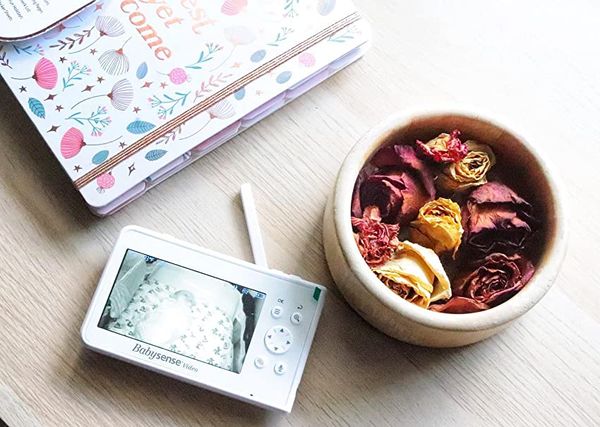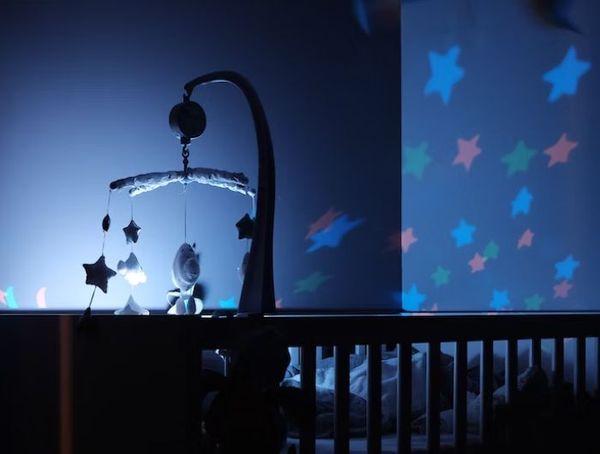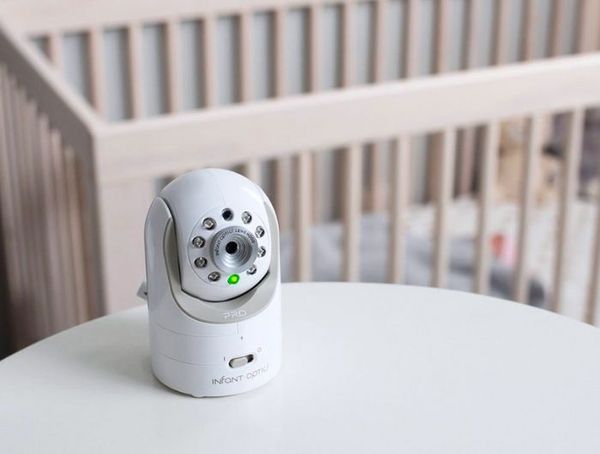If you're like most parents, you have gone through a lot to prepare for your new baby's arrival. Now that you've gotten everything sorted out, you might be wondering how to install a non-WiFi baby monitor in your nursery.
Where to Place the Camera
This will depend on the size and layout of your nursery. The best place to mount your camera is on the wall, at a height of about 3 to 5 feet. This will give you the best view of your baby without any obstructions.
A distance of 5 to 6 feet to the crib is an ideal distance for monitoring your baby. Most parents choose to place the camera on a flat surface, like a dresser or changing table.
Set Up the Parent Unit
The first thing you need to do is plug in the parent unit to charge the battery. Next, turn on the parent unit and let it sync with the camera.
Most non-WiFi baby monitors have a switch-on button, where you just need to press and hold the power button until you see the camera's view on the parent unit. Once the camera's view appears on the parent unit, you are all set!
Testing 123
It’s essential to test your baby monitor before you begin using it. Once you’ve set up your baby monitor, turn it on and do a range check. Walk around your home with the parent unit to ensure you can see and hear your baby clearly. Test the range boundaries to make sure you have a live feed from everywhere in the house.
Safety is Key
When installing the baby monitor, make sure the cords are out of reach for babies and toddlers. Keep the camera away from the crib and any other products where your baby can get tangled. Make sure that your baby cannot reach the cable, as it can cause strangulation. Learn more how safe baby monitors are when it comes to baby monitor radiation.
Troubleshooting Common Problems with Non-WiFi Baby Monitors
Poor Picture Quality
This might include a fuzzy or grainy image, distorted colors, or poor visibility in low-light situations. This can be frustrating, but there are several ways to troubleshoot this problem.
- Check the position of the camera. Make sure that it isn't facing a bright light source or too close to a wall or surface.
- Adjust the monitor's settings. Some monitors will have brightness, contrast, or other settings that you can adjust to improve the image quality.
- Update the camera's firmware. Sometimes, a firmware update can improve picture quality and fix other bugs.
Connectivity Issues
This could include a poor signal, intermittent connection, or difficulty connecting the camera to the monitor. Here's what you can do to troubleshoot these problems:
- Try relocating the camera or monitor. Sometimes, moving them closer to each other or changing their position can improve the connection.
- Change the channel or frequency. Some monitors let you choose a different channel or frequency to use for transmitting the signal.
- Check the batteries. Low batteries could be causing connectivity problems, so make sure that both the camera and monitor have fresh batteries.
- Reset the system. A reset can sometimes fix issues with connectivity.
Sound Quality Issues
Finally, sound quality can be a problem even with the best non-WiFi video baby monitors. This might include static or interference, low volume, or difficulty hearing your baby's cries. Here are some things to try:
- Adjust the volume. Check to make sure that the monitor's volume is turned up, and adjust it to a comfortable level.
- Move the camera or monitor. Sometimes, moving the equipment even a few inches can help reduce interference and improve sound quality.
- Check for other nearby devices. Cordless phones, Wi-Fi routers, and other electronics can sometimes interfere with the baby monitor's signal.
Extend the Life of Your Non-WiFi Baby Monitor with These Simple Tips
Keep It Clean
Dirt, dust, and grime can quickly build up on your baby monitor, reducing its lifespan. Make sure to wipe down the monitor's surface regularly, especially after your baby has been sick. Use a microfiber cloth to avoid scratching the monitor's surface.
Handle with Care
While non-WiFi baby monitors are durable, they're not indestructible. Be mindful when handling your monitor, and avoid dropping or handling it roughly. When you're done using it, store it in a safe location where it's out of reach from curious fingers.
Avoid Moisture and Direct Sunlight
Moisture and direct sunlight can damage the baby monitor's circuits, especially if it was not designed to handle such conditions. To avoid this, keep your baby monitor away from windows and other places where sunlight can be direct. If you are storing it for an extended period, store it in a dry, cool place away from moisture.
Adhere to the Maintenance Schedule
Follow the manufacturer's maintenance schedule to keep your baby monitor functioning correctly. If your monitor needs batteries, use high-quality ones, and replace them as needed. A dying battery can cause malfunctions and reduce the monitor's lifespan.
Avoid Extreme Temperatures
Non-WiFi baby monitors are not designed to handle extreme temperatures. Keep your monitor away from direct sunlight, and avoid leaving it in your car or any other place where temperatures can fluctuate rapidly.
Conclusion
Setting up a non-WiFi baby monitor can be a breeze, especially with the tips and tricks we've shared in this post. Remember to troubleshoot common problems and take the necessary steps to extend the life of your device. By doing so, you'll not only ensure the safety of your little one but also get more bang for your buck.
If you are unsure which kind of digital baby monitor to choose, read our blog post comparing WiFi baby monitors to non-WiFi monitors.
Thank you for reading Mother Bear Reviews, your favorite parenting blog!


